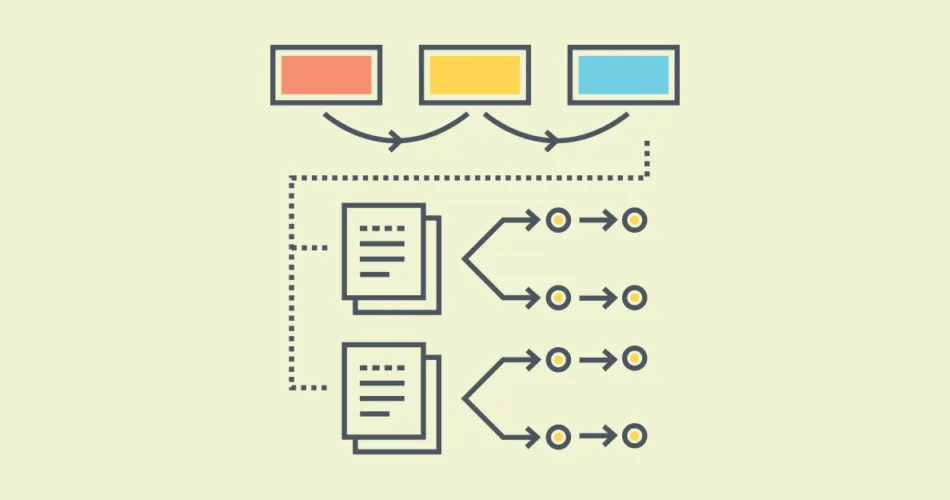Git workflows are essential for maintaining a structured development process and collaborating effectively with a team. They define a set of rules and procedures for managing changes, releases, and collaboration. In this guide, we’ll explore three popular Git workflows: Git Flow, GitHub Flow, and GitLab Flow.
Git Flow Workflow
The Git Flow workflow is a branching model designed for larger projects with formal release schedules. It provides a clear structure for managing feature development, hotfixes, and releases.
- Main Branches: The
masterbranch represents the production-ready code, while thedevelopbranch serves as the main development branch. - Feature Branches: Developers create feature branches for new features or enhancements, branching off
develop. - Release Branches: Release branches prepare for production releases and serve as a stable branch for testing and bug fixing.
- Hotfix Branches: Hotfix branches address critical issues in production code and branch off
master.
When using Git Flow, the workflow typically follows these steps:
- Create a feature branch for a new feature or issue.
- Develop the feature, commit changes, and push to the remote repository.
- Create a pull request or merge request (PR/MR) for code review.
- After approval, merge the feature branch into
develop. - Create a release branch when preparing for a new version.
- Test and fix issues in the release branch.
- Merge the release branch into both
masteranddeveloponce ready. - Apply hotfixes as needed by branching off
master.
GitHub Flow Workflow
GitHub Flow is a simplified Git workflow designed for frequent, continuous delivery. It’s particularly well-suited for web development and smaller teams.
- Main Branch: There’s typically one main branch (often
mainormaster) that represents the latest, deployable version of the project. - Feature Branches: Developers create feature branches to work on new features or bug fixes. These branches are short-lived and often tied to specific issues.
The GitHub Flow workflow follows these steps:
- Create a feature branch for a new task.
- Develop the feature, commit changes, and push to the remote repository.
- Open a pull request (PR) for code review.
- Discuss, review, and address feedback in the PR.
- After approval, merge the PR into the main branch to deploy changes.
GitLab Flow Workflow
GitLab Flow is a workflow designed for organizations using GitLab for their version control and collaboration needs. It’s similar to GitHub Flow but emphasizes continuous integration and collaboration.
- Main Branch: Like GitHub Flow, there’s typically one main branch, often named
mainormaster. - Feature Branches: Developers create feature branches for new work.
GitLab Flow steps include:
- Create a feature branch for a new task.
- Develop the feature, commit changes, and push to the remote repository.
- Open a merge request (MR) for code review and automated CI/CD testing.
- Discuss, review, and address feedback in the MR.
- After approval and successful CI/CD tests, merge the MR into the main branch for deployment.
Each of these Git workflows has its strengths and is suitable for various development environments. Choose the one that aligns best with your team’s needs and project requirements.
Subscribe to our email newsletter to get the latest posts delivered right to your email.


Comments